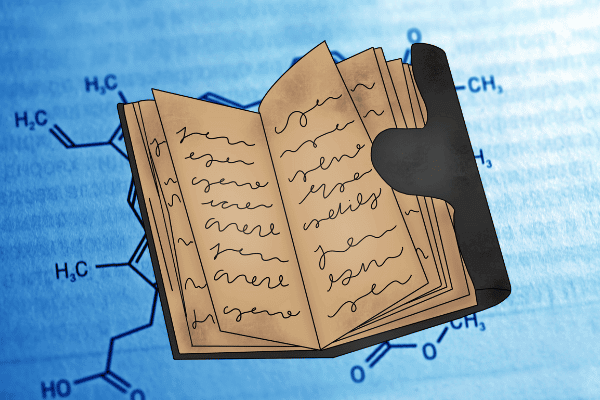“I can teach you how to bewitch the mind and ensnare the senses. I can tell you how to bottle fame, brew glory, and even put a stopper to death,” Professor Severus Snape told his students. Though his subject was potions, or rather, alchemy, his spiel would serve as the most enticing introduction to chemistry’s modern and rational avatar.
Yet, what students are taught in the name of chemistry like many other science subjects – is to memorise elements, compounds, and equations from books, with a few controlled lab experiments.
This robs chemistry of its connection to the real world. Why does cutting onions make us cry? Why can chilies leave us gasping? Why did the Japanese use cadmium missiles against Godzilla? How sending an electric spark through a gas can create magic?
For this, we must first understand what chemistry is.
For lay people, an abiding mutual attachment. A microcosm of our personal, social, and professional lives.
Academically, it is the study of properties and behaviour of matter (but then so is physics). They are “two sides of the same coin” and chemistry is significant because everything that can be touched or tasted or smelled is a chemical.
There are many books that can reveal the deep mysteries of the chemical world.
Foundational books such as “Silhouettes of Chemistry” and “Experiments Without Explosions”, are not easily available in India since the end of the Soviet Union, but there are others that are.
For a most elementary (pun intended) look at the elements, there is Paul Parsons and Gail Dixon’s “The Periodic Table: A Visual Guide to the Elements (2013), which combines a brief, yet insightful explanation, with some stunning photos of the elements in their primordial state. It tells us how to interpret Dmitri Mendeleev’s Periodic Table, which groups the elements into an arrangement that showcases their behaviour.
A more focused lens is Norwegian scientist Anja Royne’s “The Elements We Live By: And Other Surprising Superpowers of the Periodic Table: How Iron Helps Us Breathe, Potassium Lets Us See, and Other Surprising Superpowers of the Periodic Table” (2020), whose title is self-explanatory.

For a more detailed look, there is Sam Kean’s “The Disappearing Spoon…and Other True Tales from the Periodic Table” (2011), which outlines the elements relationship to human history, including their discoverers, mythology, finance, and the arts.
Oliver Sacks’ “Uncle Tungsten: Memories of a Chemical Boyhood” (2001) also explores this relationship.
It is here you will find answers to Godzilla’s fate, as well as other many unrealised historical conundrums such as Mahatma Gandhi’s relationship to iodine.
And then in “Caesar’s Last Breath: The Epic Story of The Air Around Us” (2018), he takes us on a different journey on the same route as he shows the lucky few of us that may still be inhaling the same molecules as dinosaurs, Ancient Romans, and Cleopatra.
Italian chemist and Nazi concentration camp survivor Primo Levi’s “The Periodic Table” (1975), is a collection of 21 autobiographical short stories connected to various elements.
Robert Hazen’s “Symphony in C: Carbon and the Evolution of (Almost) Everything” (2019) presents the story of this vital element in four movements: Earth, Air, Fire, and Water. He takes us through nearly 14 billion years of cosmic history, and astronomy, geology, biology, archaeology physics, and chemistry, to explain how carbon is formed in the hearts of stars, why all life forms use it as the basis of their biology, and why it is key for evolution.
These chemistry books should suffice to whip up an uncontrollable appetite for a deeper dive.
READ ALSO: 6 books about the climate crisis that offer hope




